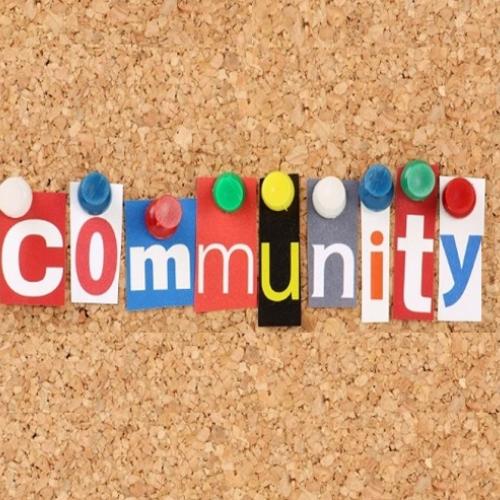
The scene: a two-day workshop of a global trade association in the midst of a major strategic and cultural transformation. Leaders of nine project teams are sharing their findings and recommendations with the organization’s entire Executive Committee, receiving in return feedback on how to improve the project and speed implementation. The workshop marked the conclusion of the fifth iteration of this annual leadership development program: as the program matured, the client, like any good learning organization, had taken on full responsibility for refining and delivering the program for its people. And while much of the process looked identical to the one we helped them to establish, there were aspects of the approach that were clearly innovations driven by past years’ experience and organizational culture.
“Leaders of nine project teams shared their findings and recommendations with the organization’s entire Executive Committee…”
One adaptation, in particular, struck me as both inventive and thoroughly practical… while robust tools and processes for stakeholder management had always been part of the program, these project teams had taken that focus on stakeholders to a new level. Team after team included a slide in their presentations identifying their key stakeholders and indicating where each stood on the team’s proposals. One playfully listed each key stakeholder with the word “approved” or “supported” digitally stamped over the name in red ink. Another handed out a simple one-page document that at first looked like a petition—beneath the statement “I have reviewed the proposal and support the project,” each stakeholder wrote his/her name and added his/her signature. It was a highly effective means of demonstrating that the recommendations had the full support of all key players in the organization.
“…these project teams had taken that focus on stakeholders to a new level.”
There is certainly power in signing one’s name to a piece of paper. Even more so than a handshake, a signature indicates agreement, buy-in and—most importantly—commitment to support an idea or initiative as it moves into implementation. A signature memorializes a decision and makes it much more difficult for someone to object down the road or claim they weren’t informed.
“…a signature indicates agreement, buy-in, and—most importantly—commitment to support an idea or initiative…”
At Nvolv, we encourage clients to focus on stakeholder management; when done well and consistently, it is a critical aspect of any project team’s work because it generates better ideas, creates alignment across the affected parts of the organization, and lays the groundwork for swift, low-stress implementation. Asking stakeholders to sign off on the recommendations— literally— adds a new level of concreteness to this important work.






